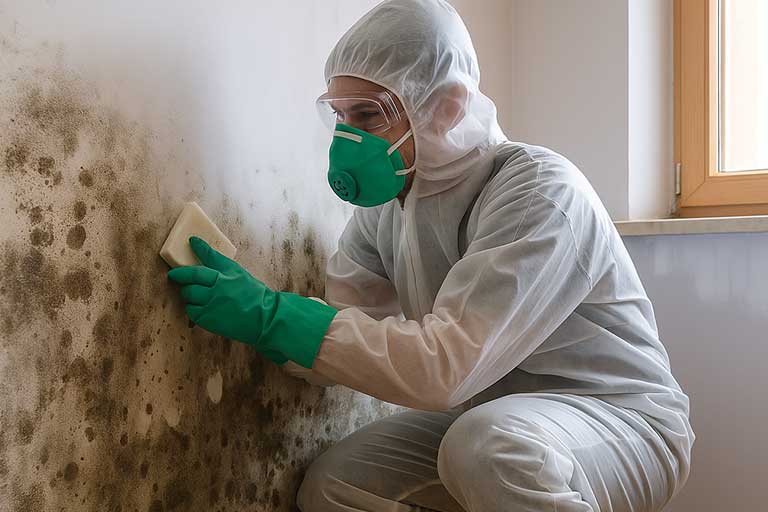
In this guide, we reveal the 10 hidden signs of mold to watch for and explain how to act swiftly to protect your space. Mold is more than just an unsightly nuisance—it’s a silent intruder that can damage your property and harm your health. For homeowners, business owners, and property agents, early detection is key to preventing costly repairs and health risks. But how do you spot mold before it becomes a major problem?
Why Mold Detection Matters
Mold thrives in damp, poorly ventilated areas and can spread rapidly. Left unchecked, it can:
- Damage walls, ceilings, and flooring.
- Trigger allergies, asthma, and respiratory issues.
- Lower property value and deter buyers/renters.
Early detection saves money, time, and stress. Let’s dive into the subtle red flags most people miss.
10 Hidden Signs of Mold in Your Home or Property
1. Musty, Earthy Odors

Mold often announces itself through a persistent damp or musty smell, even if it’s not visible. This odor comes from microbial volatile organic compounds (mVOCs). If certain rooms smell “off,” investigate further.
Action Tip: Track the scent to its source—check under sinks, basements, or behind appliances.
2. Unexplained Allergy Flare-Ups

Mold spores can cause sneezing, coughing, itchy eyes, or skin rashes. If symptoms worsen indoors, mold might be lurking.
Action Tip: Consult a doctor and schedule a professional mold inspection.
3. Water Stains or Discoloration
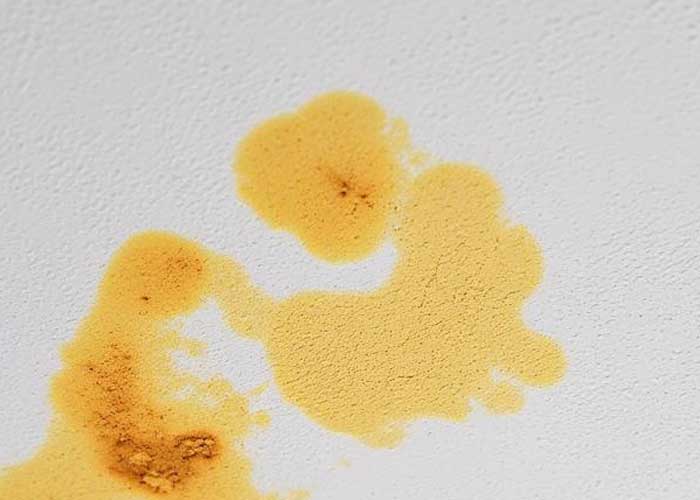
Yellowish-brown stains on walls, ceilings, or floors often signal past or ongoing moisture issues—a breeding ground for mold.
Action Tip: Investigate leaks immediately and dry affected areas within 24–48 hours.
4. Peeling Paint or Wallpaper
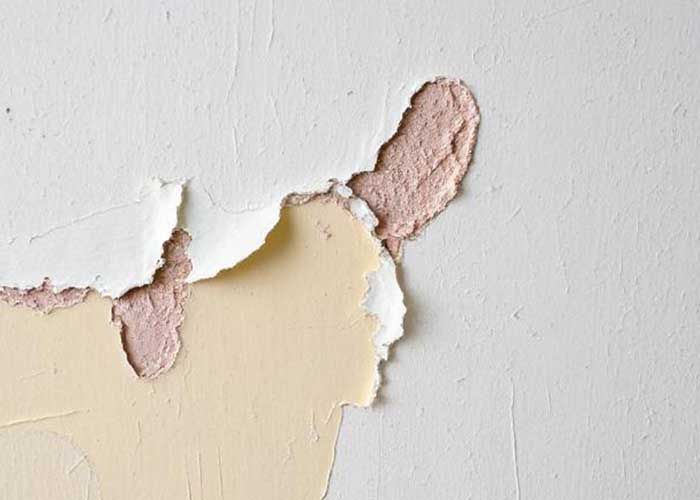
Moisture from mold growth can cause paint to bubble or wallpaper to peel. Don’t just repaint—address the root cause.
5. Warped or Buckling Flooring

Wooden floors that warp or laminate that buckles may indicate hidden moisture and mold beneath the surface.
6. Condensation on Windows
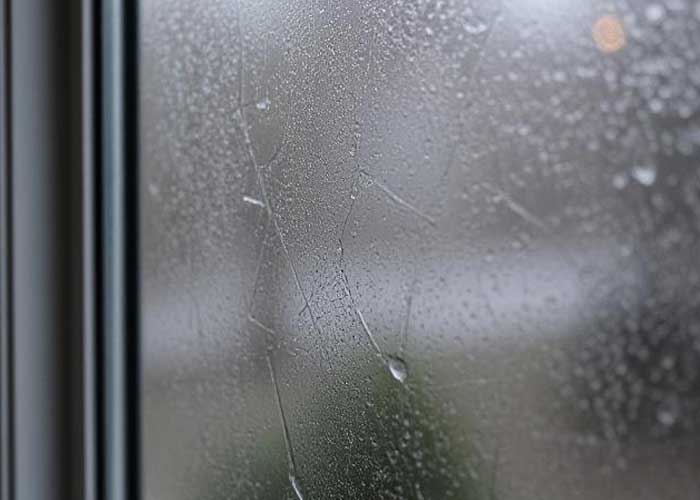
Excess condensation creates a humid environment where mold thrives. Improve ventilation or use dehumidifiers.
7. Visible Mold Growth (Even Tiny Spots)

Mold can appear as black, green, white, or gray speckles. Don’t ignore small patches—they spread quickly.
Action Tip: Never scrub mold without protective gear—disturbing spores can worsen contamination.
8. Damp Basements or Crawl Spaces
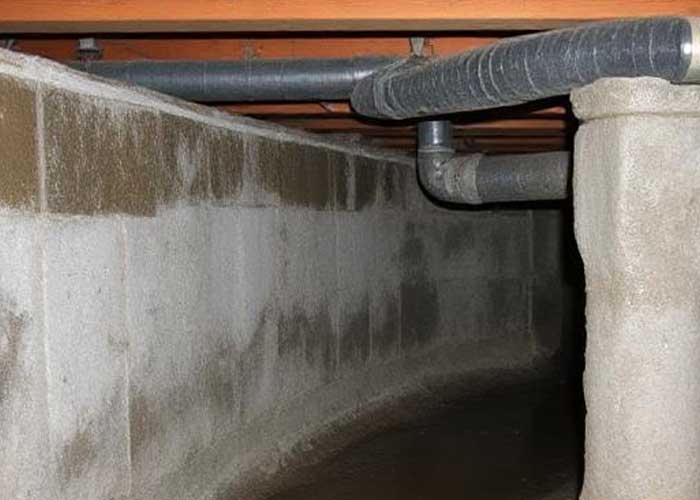
These areas are mold hotspots. Look for white, powdery efflorescence on walls—a sign of mineral deposits from water seepage.
9. HVAC Issues
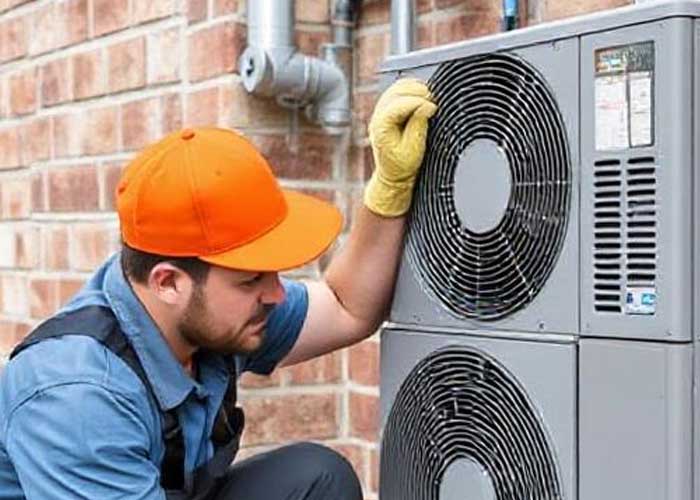
If your vents emit a musty smell or trigger allergies, mold may be growing in ducts or drip pans.
Action Tip: Schedule annual HVAC maintenance and clean ducts professionally.
10. History of Water Damage
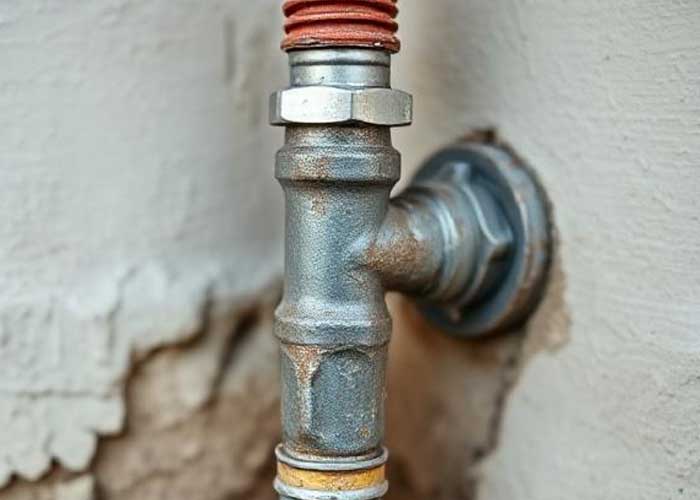
Past floods, leaks, or plumbing issues? Even if repaired, residual moisture can fuel mold growth months later.
How to Confirm a Mold Problem
- DIY Testing: Use mold test kits from hardware stores (note: these have limitations).
- Professional Inspection: Certified mold inspectors use thermal imaging and air sampling for accurate detection.
Preventing Mold: Pro Tips for Property Owners
- Fix leaks within 24–48 hours.
- Maintain indoor humidity below 60% (ideally 30–50%).
- Use exhaust fans in bathrooms/kitchens.
- Clean and dry carpets/rugs after spills.
- Ensure proper drainage around your property’s foundation.
FAQ: Mold Detection Answered
Q: Can mold grow behind walls?
A: Yes! Hidden mold is common. Look for soft drywall or a musty smell as clues.
Q: Is black mold the only dangerous type?
A: No—all mold should be treated as a risk. Some species (like Stachybotrys) are toxic, but even common molds harm air quality.
Q: Can I clean mold myself?
A: Small areas (<10 sq. ft.) can be tackled with bleach solutions, but always wear gloves, masks, and goggles. For larger infestations, hire professionals.
Conclusion: Stay Vigilant, Act Fast
Mold is a stealthy enemy, but knowing these 10 signs empowers you to detect it early. Whether you’re a homeowner safeguarding your family, a business owner protecting your workspace, or a property agent advising clients, proactive detection is the best defense.
Need Help? Book a professional mold inspection today—your health and property’s value depend on it!
